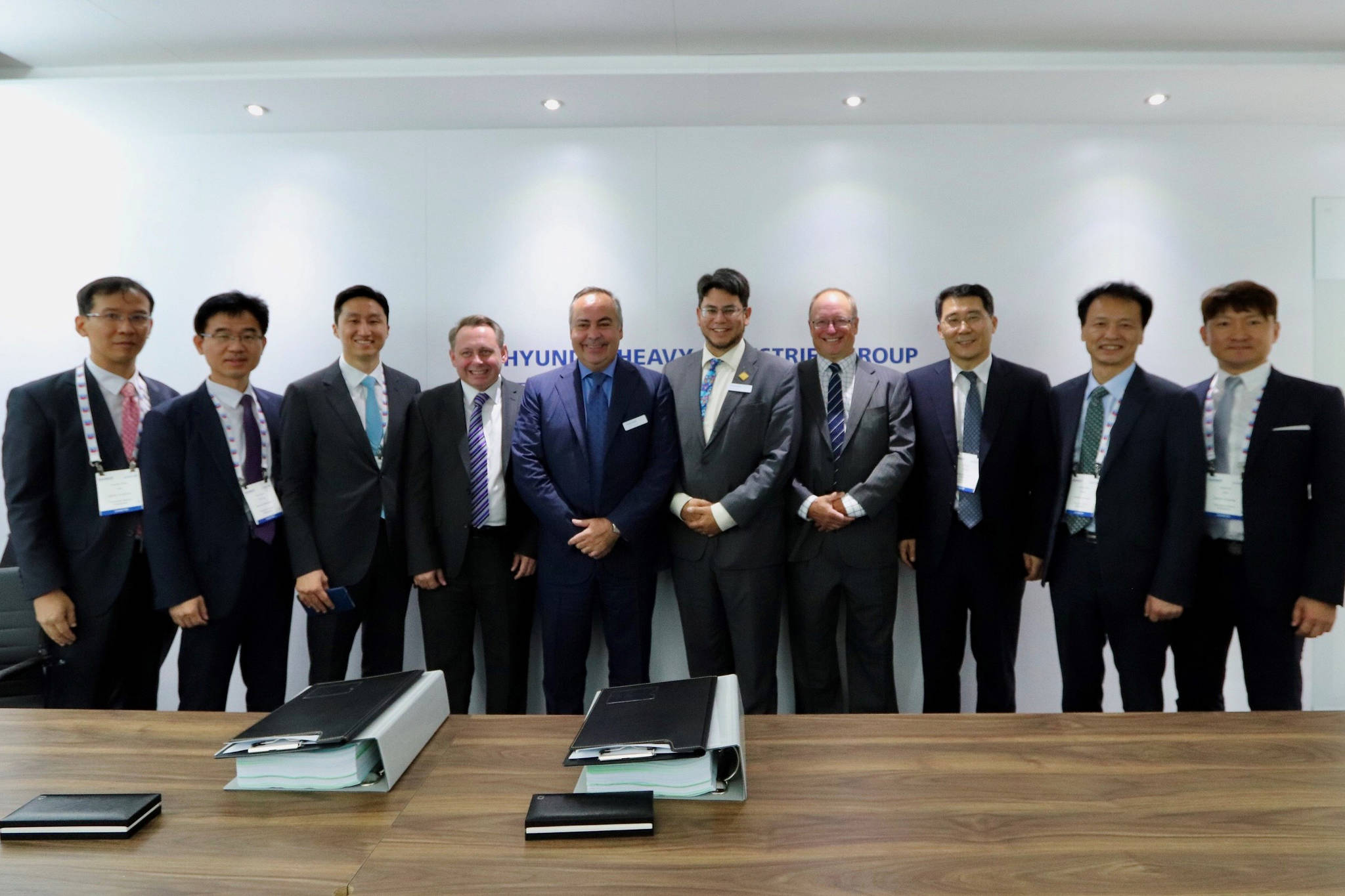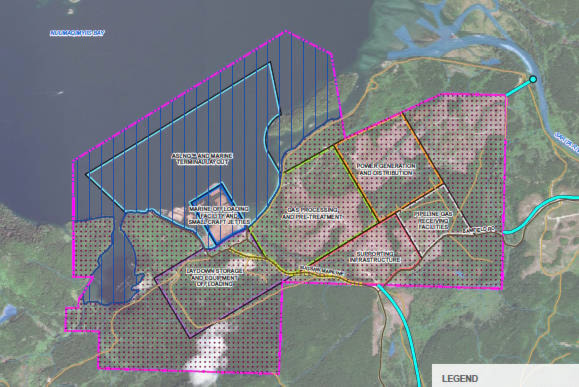Kwispaa LNG has submitted its project description to the B.C. Environmental Assessment office and Canadian Environmental Assessment Agency. The description is a comprehensive overview of Kwispaa LNG—a partnership project between Steelhead LNG of Vancouver and the Huu-ay-aht First Nations—and brings the project a step closer to fruition.
“From the beginning, we have believed in developing LNG projects in Canada that emphasize relationships with First Nations and respect their roles as stewards of the environment,” Steelhead LNG CEO Nigel Kuzemko said in a statement.
“The project description that we have submitted to regulators reflects our shared commitment with Huu-ay-aht First Nations to provide Canadian natural gas to global markets in a way that generates long-lasting benefits to First Nations, local communities, British Columbia and Canada.”
Kwispaa LNG is a proposed LNG export facility that, if approved, will be built on 475 hectares of Huu-ay-aht land in Sarita Bay on the west coast of Vancouver Island. Project proponents are Steelhead LNG and Huu-ay-aht First Nations.
“We are incredibly proud of the special co-management relationship that we have formed for Kwispaa LNG,” Huu-ay-aht Chief Councillor Robert Dennis Sr. said in a statement. “We look forward to continuing to work together with Steelhead throughout the environmental assessment process to ensure that this project achieves world-leading outcomes for the environment and our people for generations to come.”
“What we’re hoping to do is to make sure we’re involved in a good way…a value-added way in every step of the project itself,” said Huu-ay-aht spokesperson John Jack.
The filing of the project description will now allow both environmental agencies to work with Kwispaa LNG to establish the scope of an environmental assessment of the project. This process will include public input.
The plan is estimated to cost $10 billion and would be built in three phases. It will include jetty-moored and onshore components, and will include gas processing as well as delivery to outgoing ships. The project is only at a conceptual stage at the moment, with the first phase of engineering design to start in early 2019.
Kwispaa LNG will make a decision by 2020 whether to go ahead with the project.
“Our current project schedule anticipates taking a final investment decision in late 2020,” said Matt Skinner, communications manager for Steelhead LNG. “It’s a reasonable time frame to complete an environmental assessment.
“Once we have a final investment decision we expect a four-year construction period. We would be operational at the end of 2024, early 2025.”
- Kwispaa LNG Project Plan: https://www.scribd.com/document/391370707/Kwispaa-Project-Description
Two other components of the project are supposed to run concurrently with the Kwispaa development in Sarita Bay: a new natural gas pipeline between northeast B.C. and the west coast of Vancouver Island, and a power transmission line that would provide additional power to the plant.
The natural gas pipeline would be 1,000 kilometres long and would parallel existing multi-utility corridors starting from Chetwynd, B.C. and branch off at Williams Lake into a new greenfield right-of-way through the Coastal Mountain Range to Powell River. It would transit across the Salish Sea via a 31-kilometre subsea crossing to the shores of Comox before transversing Vancouver Island via land out to the Kwispaa site at Sarita Bay.
The subsea crossing would be “in the vicinity” of an existing Fortis BC natural gas transmission line that supplies natural gas to Vancouver Island customers.
Kwispaa is working with BC Hydro to “explore options” to provide power to the project, according to the project overview. They are hoping electricity will be provided by the provincial grid via a new transmission line from the Dunsmuir substation, 20 kilometres away from Qualicum Beach. This would reduce the need to create onsite electricity production.
“The project is running concurrently with the pipeline and possible transmission line. They’re supposed to line up in a way that they come online all at the same time,” Skinner explained.
Proponents to the plan predict LNG carriers will call at the site 160 times per year (three shipments per week) in the first phase of build-out, and 320 times annually (six to seven LNG shipments per week) at full build-out. The project has a 25-year lifespan and decommissioning the site is built into the plan, Jack said.
Once operational, a decommissioning fund will be developed. There is no fear that construction would start and suddenly be abandoned, leaving industrial waste in the area.
The way the project is set up, if anything would cause Kwispaa to halt development they would know “before any shovels hit the ground,” Jack said.

